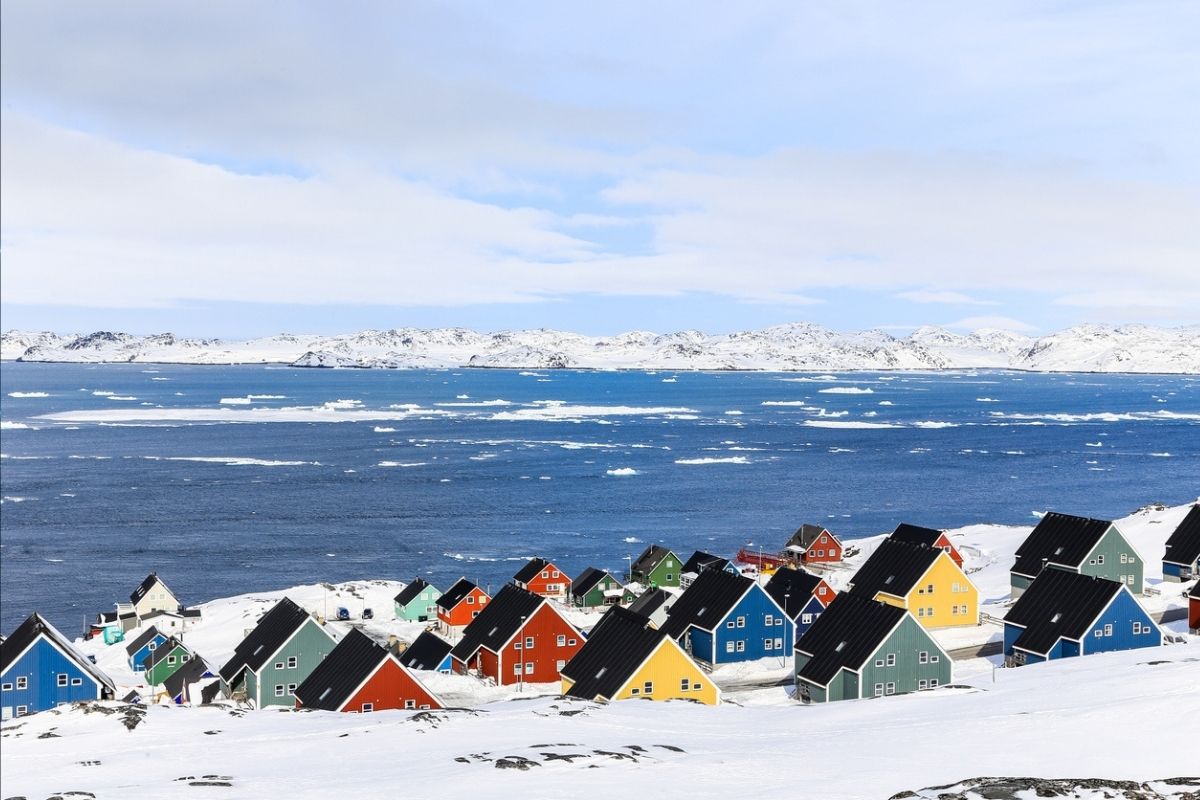The world’s largest island offers many mineral resources and numerous challenges.
Greenland is home to 25 of the 34 raw materials the European Commission considers strategic for the domestic industry. These include rare earths. The mineral resources are attracting interest from the private sector and other countries that want to become less dependent on the raw materials giant China, such as India (we reported). Now, the EU is following suit with a strategic “partnership for the development of sustainable raw material value chains.” This is because the island, which belongs to the Kingdom and EU member Denmark, wants to diversify its economy. Greenland is currently heavily dependent on fishing and the annual Bloktilskud subsidies from Copenhagen.
Greenland has many of the raw materials needed for the clean energy transition and other areas of strategic importance to the European Union. The Memorandum of Understanding will underscore our strategic partnership on sustainable raw materials value chains, and it will be supported by a comprehensive roadmap, to ensure concrete outcomes that benefits both sides.
Naaja H. Nathanielsen
The agreement, which was signed by Maroš Šefčovič, Executive Vice President for the European Green Deal, and Naaja H. Nathanielsen, Greenland’s Minister for Economic Affairs, Trade, and Mineral Resources, is intended to promote the development of projects along the raw material value chains. This will be done in compliance with environmental, social, and governance standards and will be committed to the principle of sustainability, a crucial point, as opposition to a mining project led to the breakdown of the Greenlandic government in 2021. At the time, it was about the Kvanefjeld project, a deposit of rare earths. Residents feared the release of radioactive uranium, which can occur as an accompanying mineral in varying concentrations in rare earth deposits. The new government introduced limits for uranium concentrations at the end of 2021, meaning this project remains blocked.
However, the Sarfartoq project, which is still in the development stage, is not affected by this. Material mined here, such as neodymium or praseodymium, could be further processed into wind turbine or electric car components by project operator Neo Performance in Estonia.
Photo: iStock/Vadim_Nefedov


